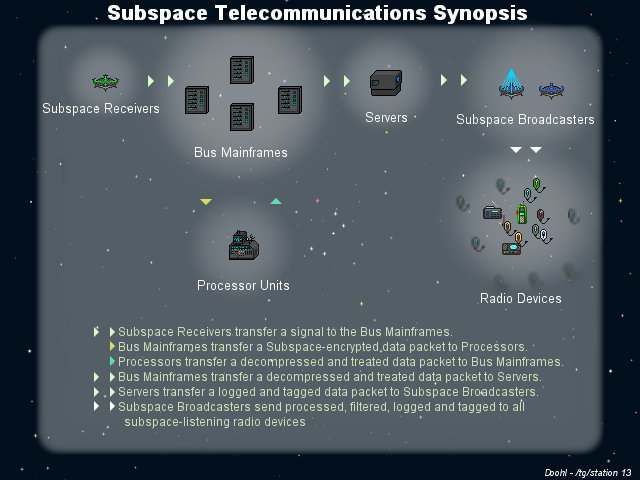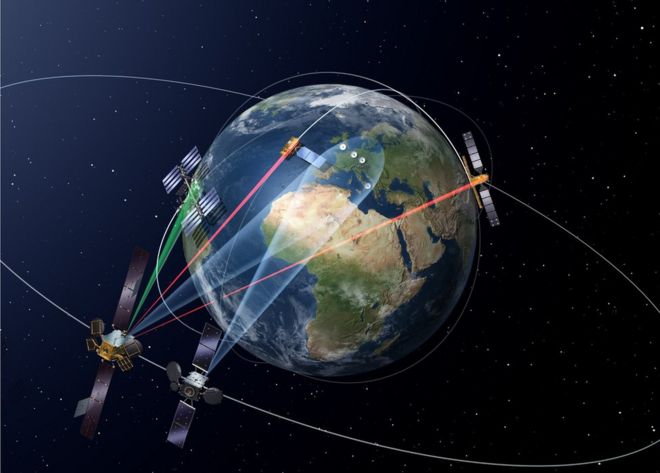

User Controls
Time delay
-
2024-09-05 at 10:01 PM UTCWhile I was paying DBD with a friend in America, I was also watching her streaming it with another device and noticed her stream was about 30 seconds late. Was I 30 seconds in the future while we were gaming? Both devices were connected to the same network.
-
2024-09-05 at 10:09 PM UTCThat's about an average delay. The classic way to test is "type 1 in chat" and count how many seconds for 1's to show up in chat. I've seen delays range from a few seconds to over a minute
-
2024-09-05 at 10:15 PM UTC
-
2024-09-05 at 10:17 PM UTC
Originally posted by the man who put it in my hood That's about an average delay. The classic way to test is "type 1 in chat" and count how many seconds for 1's to show up in chat. I've seen delays range from a few seconds to over a minute
No, she's saying she was connected to someone in America with no lag time, but she could see a second device in the room in America using the same game stream and that device was lagging. -
2024-09-05 at 10:20 PM UTC
-
2024-09-05 at 10:28 PM UTCmfw the internet is connected by linear loops of straight lines

Originally posted by The Self Taught Man Optical RAM, space lasers, Li-Fi or AWS Snowballs: What will be the future of data transfer?
But fibre optic isn’t a cure all, it has its problems. One particular problem occurs when that light signal reaches a machine, once it does that it must then be converted into an electrical signal which copper-veined devices can handle.
This results in speed bottlenecks.
However, engineers at NTT think that optical RAM may be the answer to this by using optical RAM cells which have memory gates that take 1s and 0s of binary code and creates pulses of light by blocking or allowing light to pass.
The end result is that the bottlenecks no-longer exist, making fibre optic much more effective and also more power efficient.
The optical RAM consumes 30 nanowatts, which makes it five times less power hungry than a flash drive.
5. LCRD integrated photonics
NASA has created a laser-powered modem that uses integrated-photonics to transfer data up to 100 times faster than radio.
http://www.cbronline.com/news/big-data/optical-ram-space-lasers-li-fi-or-aws-snowballs-what-will-be-the-future-of-data-transfer-4798523
-
2024-09-05 at 10:29 PM UTC
-
2024-09-05 at 10:30 PM UTC
-
2024-09-05 at 10:43 PM UTCReminds me of the great Auk:'''(
'
'
'
'🕳🕳






